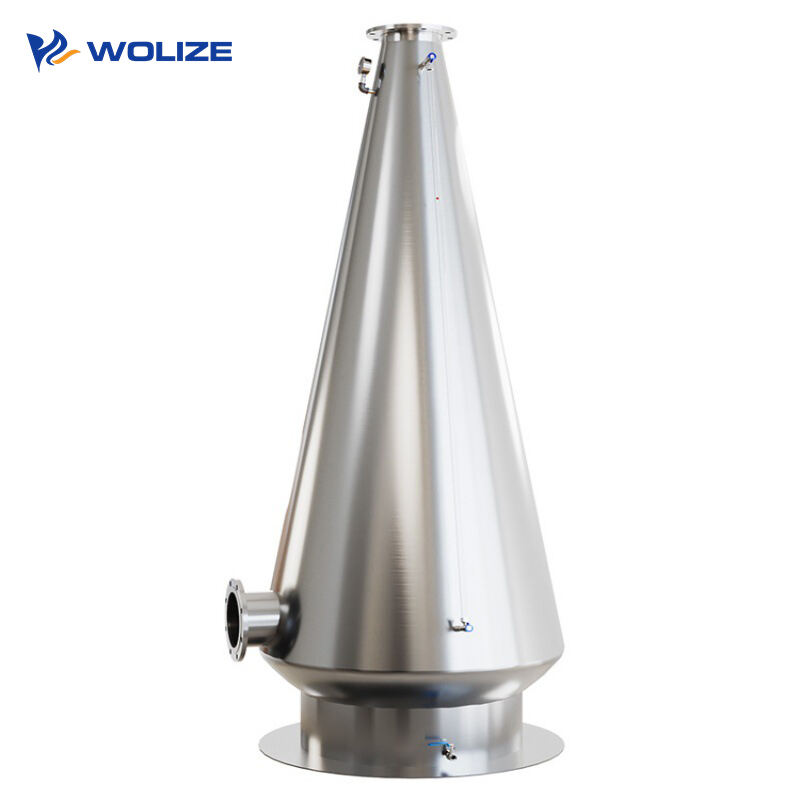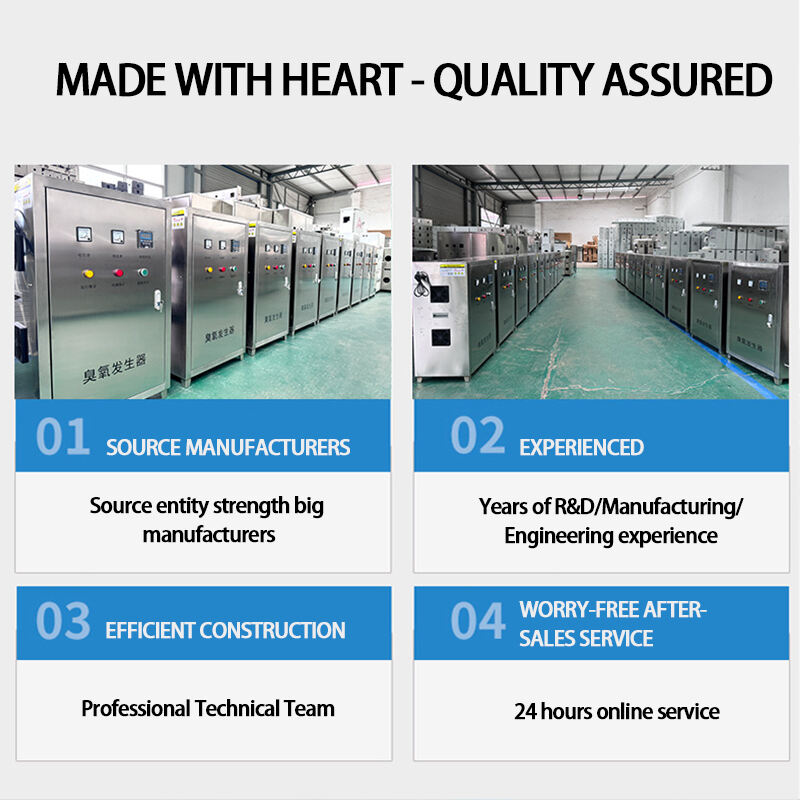 ×
×
People like eating some types of fish like trout and salmon. They inhabit rivers and oceans, while some also farm them. Farming, as a verb, means to grow plants or animals for food.
Trout and salmon farming is raising these fish in large tanks or pens rather than catching them from rivers or oceans. This ensures that there’s fish left to eat for everyone. The fish are fed and their water changed by farmers.
It begins with hatching tiny fish eggs in giant tanks — that’s how the journey of many farmed trout and salmon starts. These eggs are cared for until they hatch into fry, a baby fish. The fry are later transferred to larger tanks to grow stronger. As they grow older, they are transferred to even larger tanks to swim about. And finally, when they are fully grown, they are harvested then shipped to stores for people to buy and eat.

Environmental Benefits of Trout and Salmon Farms If we farm fish instead of catching them from the wild, we can help protect the fish in rivers and oceans. It also cuts down on the pollution and damage that can occur when fishing in the wild. New tech that allows for the fish to be kept healthy and safe by farmers, is also beneficial for the environment.

Technology plays an important role in farming for trout and salmon. They feed the fish using machines and ensure they have clean water. They also use sensors to monitor the health of the fish and to ensure they are growing adequately. And, in time, technology may assist those farmers in identifying ways to care for the fish and help the environment even better.

Trout and salmon raised for human consumption are safe to eat because they are farmed in controlled environments. This means they can be well cared for by farmers. They are not as prone to the diseases or germs that can make us sick. Farmed fish are in addition an excellent source of protein and healthy fats which help us with good health. So, the next time you visit the store, consider picking up some farmed trout or salmon for a healthy, tasty meal.
We able to provide you with an extensive aquaculture plan which covers various aspects such as the design of program, equipment configurations budget planning, equipment installation. It will assist you to complete the implementation of the whole aquaculture project. This something that ordinary enterprises unable to provide.
We have certificates such as ISO9001, ISO22000, COA, CE, etc. Our products have been sold successfully to 47 regions and countries, as well as 22 big-scale aquaculture farms with more than 3000 cubic meters have been built successfully. Our aquaculture system is utilize to produce fish and shrimps in 112 different countries.
We are the specialize in producing PVC steel pipe that supports fish ponds PVC galvanized fishes ponds as well as aquaculture equipment, PVC non drinking water bags, TPU, EVA drinking water bags TPU oil bags PE containers that can be used as disposable liquid bags. We have range of options for the aquaculture equipment.
We've been in aquaculture industry for 15 years and are one the top 3 companies in China. We have formed strategic partnerships with many renowned Chinese universities. We also have very skilled and density aquaculture design team, who will provide you with best quality products and services.